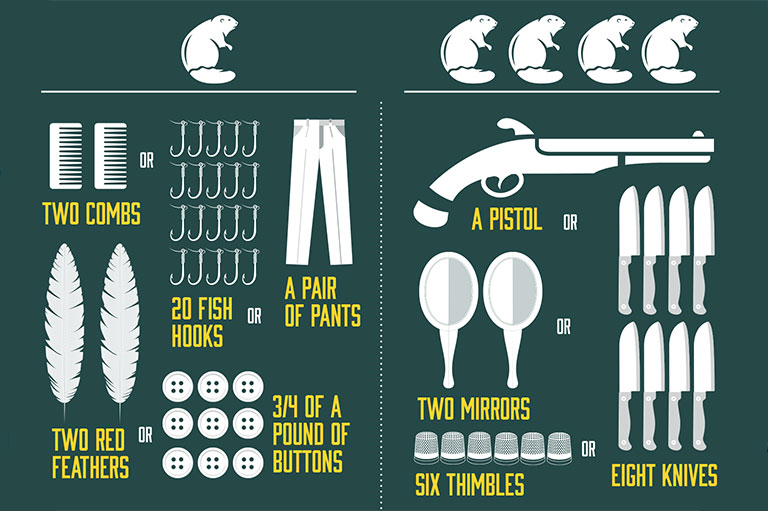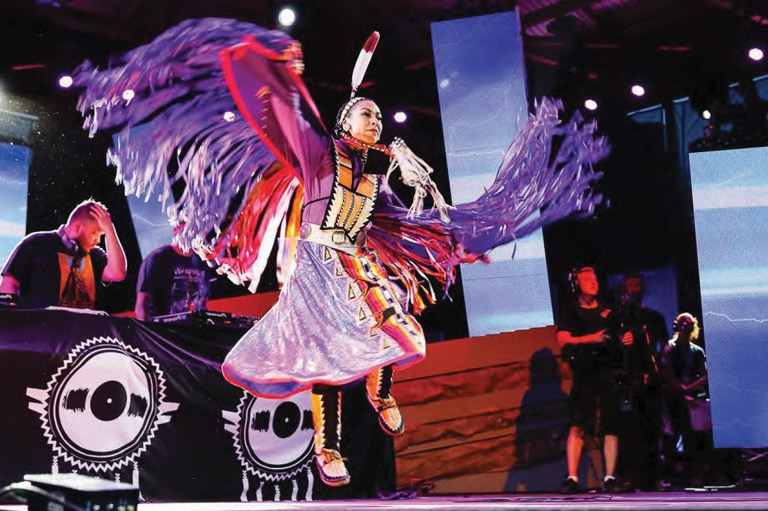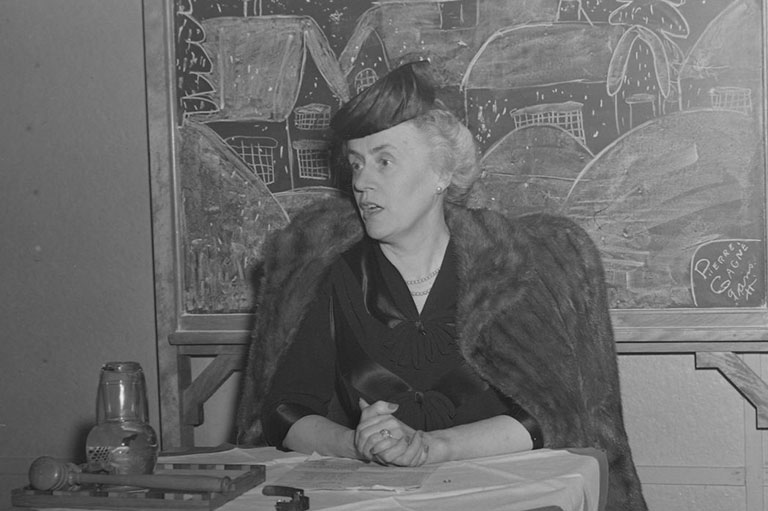Terra: An Immigration Simulation
Grade Levels: 7/8
Subject Area: History, Geography, Arts
Lesson Overview
Terra is a simulation of a group forced to leave their place of birth to settle in a new land. After completion of the simulation, students research immigrant experiences in early Canada and then compare their “Terra” experiences to those of real life immigrants.
Time Required
6 – 8 lessons
Historical Thinking Concept(s)
This lesson plan uses the following historical thinking concepts: identify continuity and change and analyze cause and consequence.
Learning Outcomes
Student will:
- describe the challenges of the immigrant experience through simulation;
- identify through research the challenges faced by immigrants in the time period they are currently studying;
- compare their simulation experiences on Terra with real life immigrants’ experiences in early Canada and draw conclusions about the immigrant experience;
Background Information
The simulation complements and acts as a stimulant for a unit featuring real-life immigration experiences in New France, Upper Canada, the Atlantic Provinces and/or or Western Canada.
There are three components to this unit:
- Students experience first-hand the challenges faced by new immigrants by participating in the immigration simulation, “Terra”;
- Students research early Canadian immigrant groups to learn about the challenges they faced and will compare them to their experiences on Terra;
- Students compare the immigrant experience in early Canada with those in Terra and draw conclusions about the immigrant experience.
The Lesson Activity
Activating
The scenario below, or a similar one, is presented to the complete class and as a class students decide what they need for short-term survival (e.g., water, food, shelter, clothing, and some sort of leadership to keep their efforts organized and focused).
Canada is in crisis. The world has run out of gas and oil. Fresh water is at a premium. Rising temperatures have greatly depleted food supplies and rising waters have created massive flooding. Disease and famine are rapidly depleting the Canadian population. The Canadian Government, in an attempt to preserve the Canadian culture, decides to send a select group of individuals to a new life in one of the rare unspoiled places left in the world.
As travel space is at a premium, the group is allowed to take with them a bare minimum of food rations and supplies. *
When they arrive at their new island home, the students find they are the only inhabitants. They discover the climate is very similar to the one they left behind. They find plenty of fish in the waters, fresh fruits and animals in the forests and fresh running streams in the mountains. They call their new land, Terra, meaning “land”.
*Teachers can mandate these items or have the students choose a maximum number of items to take with them into their new life.
Acquiring:
Component One
- After reading the scenario divide the class into groups with each group given the task of surveying and drawing a map of their new home that will show the physical features and natural resources needed to accomplish their settlement goals both in the short-term and in the future.
- Groups prepare and present their maps and the class decides which island will best meet their short-term survival and potential long-term needs. The teacher makes copies of the selected map and it becomes the basis of all future plans.
- The class decides what jobs need to be done (e.g., acquire food, gather water, construct shelter, produce household furniture and goods, create clothing, provide fuel, etc.) Each group then meets to plan out its job action for short term and possible long term consideration. *This task can be divided with each group assigned one or two of the tasks. Once the action plans are completed they are presented to the class for reflection and suggestions for revisions as needed.
- The class reflects on the simulation experience to draw conclusions about what they have learned about the immigrant experience and make predictions about the similarities and differences they will discover as they research real-life immigration experiences.
Component Two
- Students use various reliable internet and print materials to research various immigrant experiences (e.g. New France, the United Empire Loyalists in Upper Canada or the Atlantic Provinces, the development of the Canadian West, etc.) and present their findings to the class. As part of their research students should consider the experience from different perspectives (e.g. women, children, different ethnic groups, impact of indigenous people, etc.)
Component Three
- Discuss as a class categories (e.g. travel, environmental issues, social issues, roles of women, impact of indigenous people, etc.) that could be used by the students to compare the experiences of the simulation with those of their research group. Discuss interesting ways to present comparisons of the two experiences.
Applying:
Component One
Students will produce maps of their initial community showing map essentials (title, legend, directional arrow, and scale), the geographical features of their island, the natural resources available and the initial location and layout of their community.
Groups will use a chart similar to the chart provided to identify and record their action plans for providing basic needs (food, shelter, preparation for winter, etc.) and to record longer term considerations they will have to consider for the future.
- Column one: Basic Needs
- Column two: Short Term Action Plan
- Column three: Future Considerations
As a class students will reflect upon the simulation and come up with a list of challenges they faced and outline the strategies they used to achieve their goals.
- Column one: Challenges
- Column two: Strategies Used to Overcome These Challenges
As a class also reflect on what the students learned during the simulation that could help them as they learn more about real-life immigration in the time period they are currently studying.
Component Two
After completing their research, each group will present to the class a description of the immigrant group they researched and present their findings about the challenges their group faced, the strategies they used to overcome these challenges and how the experience differed for various groups within the larger group (E.g. women, children).
- Column one: Short Descriptions of Immigrant Group - Who, What, Where, When, How
- Column two: Major Challenges
- Column three: Strategies Used to Overcome Challenges
- Column four: Different Perspectives of People Involved
Component Three
Students will apply what they have learned about the immigration experience to create presentations such as role playing, murals, wall hangings, puppet shows, etc. to demonstrate the challenges new immigrants faced in early Canada and the methods they used to overcome these challenges.
As a class reflect on what students have learned about the immigrant experience. How did the experiences of your research group differ from your experience on Terra? What similarities did you find? What do all immigrant groups have in common? What differences are there? What are the main reasons for differences? (E.g. different push/pull factors, different time period, interaction with other immigrant groups and/or indigenous peoples, etc.).
Materials/Resources
The Kids Site of Canadian Settlement – Library and Archives Canada (stories of different immigrant groups in Canada)
Canadian Museum of Immigration at Pier 21
Extension Activity
- Compare the experiences of early Canadian immigrants to immigrants and refugees today.
- Discuss as a class sustainable development and then have the groups develop their Terra community for the future keeping in mind the goals of sustainable development. Decide as a class what is needed for a more permanent community (e.g. infrastructure, social and health services, transportation, communication, government, industries, etc.).
- Develop criteria for deciding whether future development will meet the needs of both progress and sustainable development. Small groups then would tackle the various components to come up with the community’s official three year, ten year and twenty year plans. Groups would present their plans to the class and be peer-evaluated on the effectiveness of their group’s problem-solving skills in: providing for basic needs; making maximum use of Terra’s resources; organizing their community; providing support services; and planning for future development and preservation of their community.
- Students could take the role of a “Terra” immigrant and write a historical fiction story describing their experience in the first days of their experience or looking back at the first ten years and the changes in their new community.
- Students could chronicle the history of their new community using a timeline, pictures, etc. over a set period of time. (10, 20, 50 years)
- Groups could construct a model, wall-hanging, mural, etc. to depict their first settlement.
- Groups could use stop-motion animation using clay or Lego to show changes in their community over time.
Assessment
- Self and peer-assessment of group problem-solving skills, work habits, group dynamics
- Teacher and/or peer/self-assessment of group tasks
- Teacher evaluation of comparisons
Themes associated with this article
Advertisement




